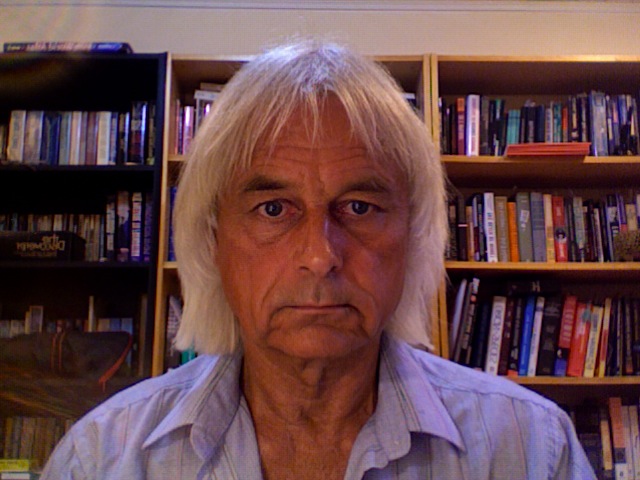The real economy is not short of productive capacity. The global economy presently suffers vast overcapacity. That's why you can't profitably "invest" in additional production: there is already far more productive capacity than there are people with money incomes to buy that production. There is already plenty of "production" for everybody. We have a distribution problem, not a production problem.
Giving people money in this environment does not cause CPI price inflation. It puts idle capacity to work and enables producers to "sell" and consumers to "buy" the available production. As Friedman explained, business production, sales and profits are supported and stabilized by government money issuance to fund its deficit spending; without causing CPI price inflation.
The banks would not be threatened with debt-default collapse, if the debtors had money to pay their debts. You don't have to nationalize the banks OR nationalize all the money. You just have to issue and distribute enough overt money to support the income-spending-earning-saving stream and the income-debt paydown stream.
The overt money deficit spending could be funded within the present institutional framework -- as Adair Turner advocates -- by government issuance of zero interest perpetual bonds (consols; bond debts that never have to be rolled over or repaid, so they're not "really" debts) that are bought and held by central banks.
The government/Treasury issues consols, and the Fed (or ECB) issues money to buy them. The Fed simply adds a "deposit" to Treasury's bank account balance at the Federal Reserve Bank. The Fed records the consols as its asset purchases and records the money it issued as its liability. Simply by expanding the central bank's balance sheet -- and never unwinding it -- the US Treasury then has non-repayble, non-interest costing "money in the bank" to fund its deficit spending.
Turner describes this as QE in perpetuity: an ongoing expansion of the central bank's balance sheet that is never unwound (though -- for political reasons -- you don't have to say too loud that you are never going to unwind it). That is how you expand the economy's spendable, earnable, and "savable" money supply, without simultaneously expanding the amount of repayable debt. The addition of overt money prevents the "saving" of money from crashing the commercial bank credit-debt money system.
As far as I can see, this is the simplest, best, and most politically feasible kind of monetary reform. It does the minimum necessary to keep the system functioning. It bails out the people, the banks, productive businesses, and governments at the same time. It makes the money system positive sum to match our value-adding real economy.
The price is some asset price inflation, and some ongoing but mild devaluation of the purchasing power of money savings. Inflationary devaluation of money's purchasing power acts as a "tax" on long term accumulations of saved money.
Next Page 1 | 2 | 3 | 4 | 5 | 6 | 7
(Note: You can view every article as one long page if you sign up as an Advocate Member, or higher).





